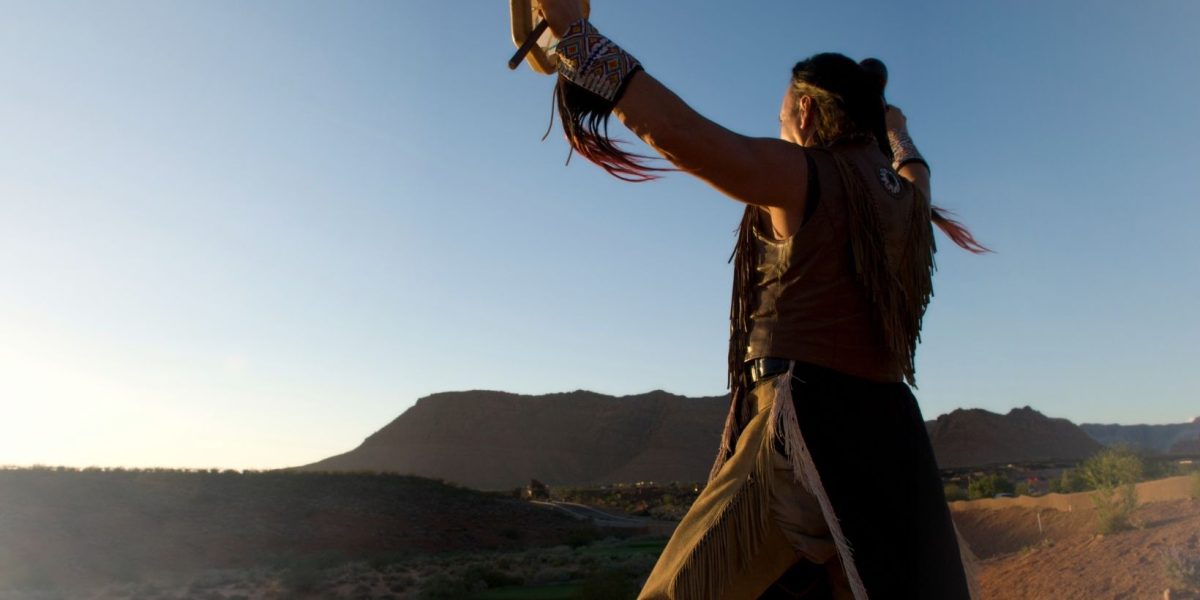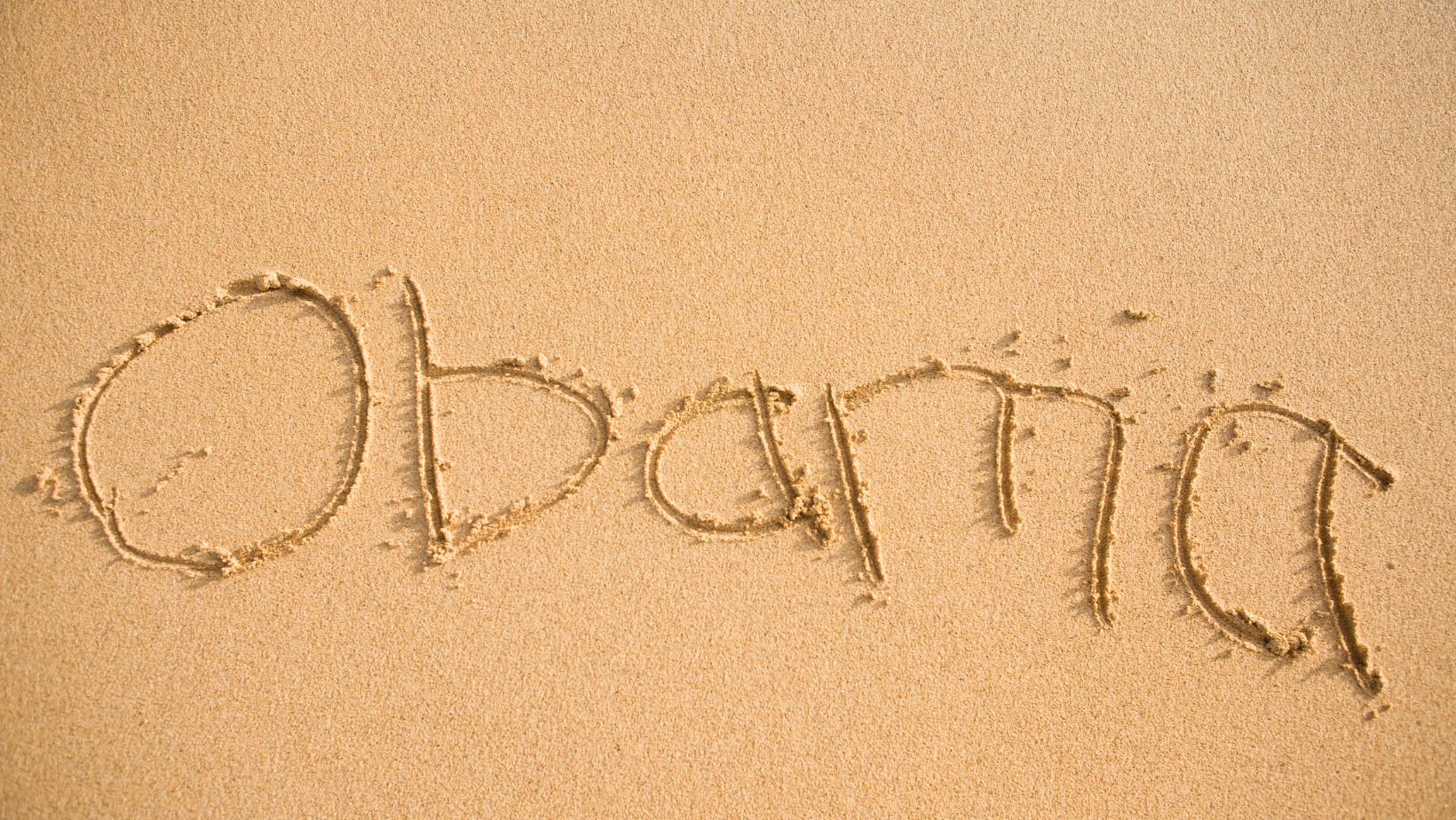A Turning Point in Environmental Activism
In the annals of American history, few protests have resonated as profoundly as the Standing Rock protest. Nestled in the heart of North Dakota, what began as a localized resistance against the construction of the Dakota Access Pipeline burgeoned into a global symbol of indigenous rights, environmental advocacy, and the power of grassroots mobilization. The echoes of Standing Rock continue to reverberate, leaving an indelible mark on our country’s conscience and shaping the discourse on environmental justice.
At its core, the Standing Rock protest was a battle for sovereignty and survival. The proposed pipeline threatened not only the sacred lands of the Standing Rock Sioux Tribe but also endangered their primary water source, the Missouri River. For the Sioux and other indigenous communities, this was not merely an environmental issue but a matter of cultural preservation and existential threat. They stood not just to protect their land but to safeguard their way of life for future generations.
What distinguished Standing Rock was its ability to galvanize widespread support and solidarity. Thousands of activists, environmentalists, and allies from across the country and beyond flocked to Standing Rock, forming a diverse coalition united by a common cause. The protest became a crucible where indigenous leaders, environmentalists, and allies converged, fostering alliances and amplifying indigenous voices that had long been marginalized.
Moreover, Standing Rock served as a crucible for the convergence of traditional and modern forms of activism. Indigenous wisdom and spirituality intertwined with social media advocacy and nonviolent direct action, creating a potent synergy that captured the world’s attention. Through hashtags like #NoDAPL, images, and live streams, the protest transcended geographical boundaries, igniting a global movement in solidarity with Standing Rock.
The response of law enforcement to the protest also drew widespread condemnation and scrutiny. The use of militarized force, including rubber bullets, tear gas, and water cannons in freezing temperatures, against peaceful protesters sparked outrage and highlighted the systemic injustices faced by indigenous peoples and communities of color. Images of protesters being attacked by dogs and subjected to brutal crackdowns underscored the stark realities of power imbalances and underscored the urgent need for systemic change.
Despite the eventual completion of the Dakota Access Pipeline, the legacy of Standing Rock endures as a catalyst for change. The protest inspired a new generation of activists and elevated the discourse on indigenous rights, environmental justice, and corporate accountability. It prompted a reevaluation of the balance between economic interests and environmental stewardship and underscored the urgency of transitioning towards renewable energy alternatives.
Furthermore, Standing Rock catalyzed tangible policy shifts and legal victories. The Biden administration’s revocation of the pipeline’s permits and the subsequent halting of its operation underscored the impact of sustained advocacy and grassroots mobilization. Moreover, Standing Rock set legal precedents, with courts acknowledging the necessity of meaningful consultation with indigenous communities and considering environmental impacts in project approvals.
In the broader context of environmental activism, Standing Rock marked a turning point, demonstrating the power of collective action to challenge entrenched interests and effect change. It reminded us that environmental justice is inseparable from social justice and that the fight for a sustainable future requires solidarity, resilience, and unwavering dedication.
As we reflect on the enduring impact of the Standing Rock protest, we are reminded of the power of community, the resilience of indigenous peoples, and the imperative of standing up for what is right. The lessons of Standing Rock resonate far beyond its borders, serving as a beacon of hope and inspiration for movements striving to create a more just, equitable, and sustainable world.





